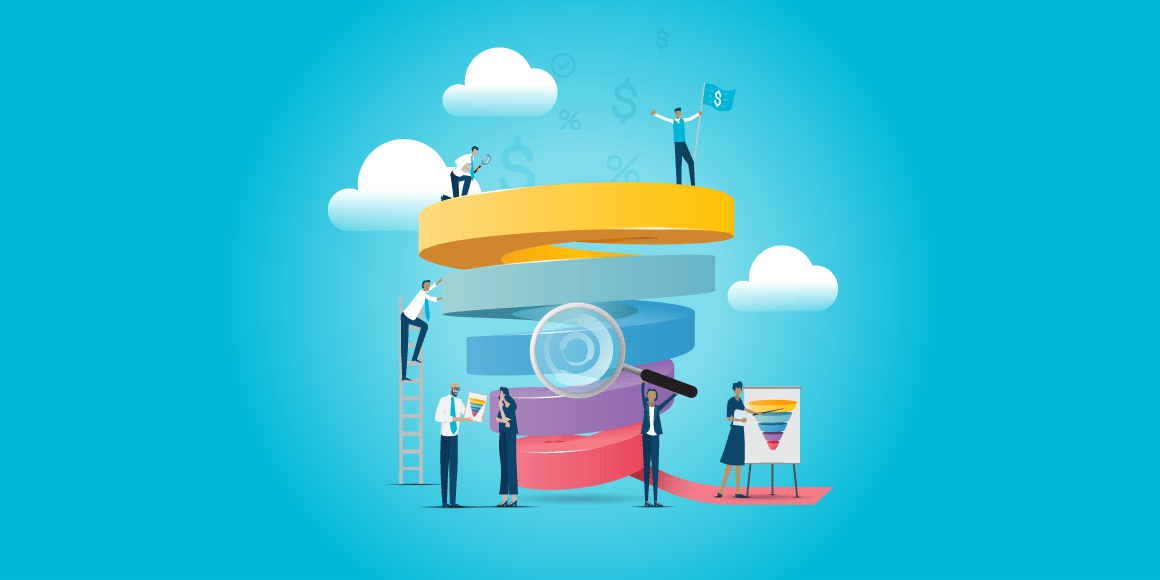You’re probably familiar with the idea that a customer retained is more valuable than a customer earned.
At the very least, it’s less costly. This is because fewer marketing resources need to be devoted to a customer that knows what you offer. There’s no need to explain who your brand or what you stand for. The customer knows your values, and how you stack up against competitors.
But there are other reasons why retaining a customer is a more efficient strategy than acquiring a new one. Existing customers will frequently become brand ambassadors themselves. They refer new customers to your business and save legwork for your sales team in the process. These customers also tend to remain loyal to your brand for long periods of time.
In other words, strong customer retention rate is a big deal for businesses.
And yet, according to industry statistics, most companies spend more time focusing on acquisition than retention.
What gives? Where does the disconnect lie between business and customer? And what’s preventing so many companies from successfully retaining customers they’ve already acquired?
Where’s the Strategy?
Shoppers most always want to be retained. Finding products and services can be a pain. Sticking with a business can mean a more personalized experience with managed expectations for the customer.
So, if retention is positive for all parties involved, why do so many businesses see so much churn?
Typically, this is because they don’t have a customer retention strategy.
When there are no follow-up emails, phone calls, surveys, or texts, all the responsibility falls on the buyer to maintain that customer/business relationship.
Are You Appreciated?
A byproduct of a poor customer retention strategy is that your customers will feel out-of-touch and unappreciated. They may get a sense that no one is listening to them, or that no one from your company cares.
According to online reports, this is a $75 billion-plus problem. 67% of US consumers look elsewhere because of poor customer service, up nearly 37% since 2016.
Manufacturers and distributors, you may be hiring relationship reps for this very purpose, which is a great first step. But make sure that you’re not just catering to your top customers. It can make a difference to smaller accounts. Personal follow-ups show someone is concerned about their needs and hoping to provide solutions.
Examine your own customer experiences. After shopping at a store or using a service, did the company follow up with you in a way that made you feel appreciated? Did they reach out to you with a thank-you email, or a special offer or promotion simply for being a loyal customer?
For example, you’ve most likely seen promotions from Uber offering up to 30% off rides. These are offered for a limited time, essentially for being a “good” customer. While Uber may not truly care about their users as people, they care enough about their business to let them know they appreciate their continued loyalty
Have You Been Engaged?
Finally, a lack of appreciation is one reason why a company loses touch with its customers. But a poor engagement strategy in general loses customers for good. Just because a company sends an email, doesn’t mean they’re engaging customers.
There’s a fine line between useful engagement materials and spam.
It’s incumbent upon a company to know who their customers are, what they want, and what they will and won’t tolerate.
In the age of digital marketing and machine learning, this should be more important—and easier to do—than ever before.
Now, maybe this is like the example with Uber, where you offer your loyal customers a deal or discount. It could mean introducing a special promotion with gamification tools that keeps your brand top-of-mind while activating those customers who you may fear are slipping away.
Perhaps it involves a survey soliciting customer feedback, whereby customers can feel like their voice is getting heard and the brand is concerned with getting better.
Or, maybe it requires proactive customer service protocols, with an active social media account, phone call follow-ups, text message notifications, or eCommerce chat bots.





%20copy%205.png)
